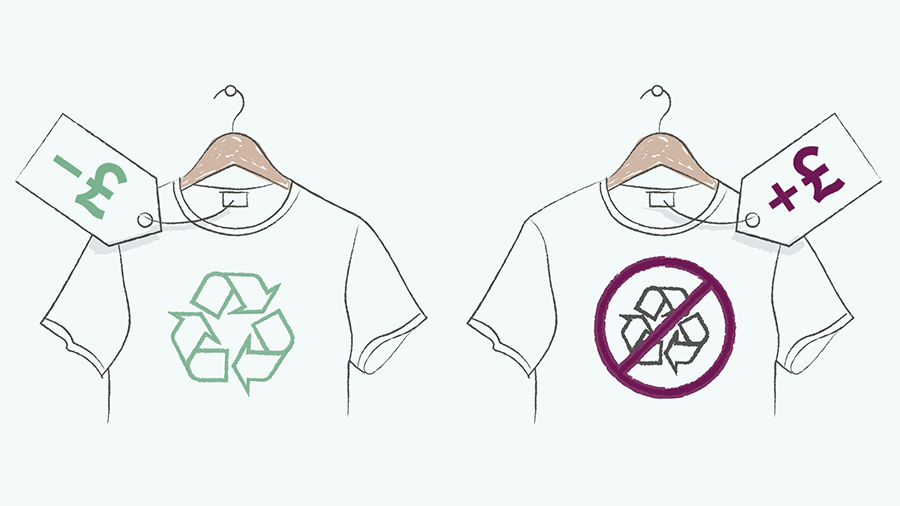 If we ruin the Earth… well let’s just say it will play havoc with our long-term return on investment.
If we ruin the Earth… well let’s just say it will play havoc with our long-term return on investment.
The challenge is that, while a very large proportion of consumers say they want their products and services to be more sustainable, they’re not yet willing to pay for it, at least not substantially and in the mainstream. As a colleague recently quipped, customers want sustainable T-shirts, but they want them for £10.
For businesses, this poses a problem. Consider what happened to Danone’s Emmanuel Faber. Fêted for his embrace of sustainable principles, he was ousted by activist investors in 2021 because, they argued, his approach was impeding shareholder return.
If embracing sustainability is perceived as cutting margins, raising prices or otherwise jeopardising competitiveness, it’s not hard to see why corporate action lags good intentions.
Market forces do promise a solution of sorts to this conundrum, as R&D and capital expenditure into sustainable technologies push down costs.
For example, the cost per KwH of an electric vehicle battery pack has fallen 89% since 2010, and something similar if slightly less dramatic has been happening to the cost of electric drivetrains.
Novel packaging alternatives to single-use plastics are also coming onto the market that are economically viable, although thus far there are few solutions that simply make the problem go away.
What businesses are waiting for is a tipping point, where the sustainable option becomes the cheaper option, and everyone wins. However, there’s a strong case that we cannot afford to just wait until that happens, and that indeed it won’t happen at all without businesses making the case for actively investing in long-term solutions now.
A recent article in the MIT Sloan Review of Management offered some interesting ideas for how businesses can get round the current trade-off between doing the right thing and doing the profitable thing, while we wait for a technological miracle cure.
The key, the authors argue, is to rethink pricing.
For example, by recasting an expensive one-off investment in domestic photovoltaics into a leasing arrangement that effectively pays for itself by reducing electricity bills without a major initial outlay, companies like Sunrun have increased their own sales as well as helping increase household solar panel adoption in California.
Netflix-style subscription models have meanwhile been improving patient access to expensive medicines, effectively spreading the cost of early intervention across the population and over time.
The authors also single out fashion as a sector where non-technological innovation is pointing a way forward – circular business models where customers are rewarded for returning items, or even rent them through a subscription model, are allowing companies to sell sustainability as well as selling clothes.
This isn’t some easy fix. There will not always be a win-win that allows customers to be green without paying through the nose for it – or hurting profits – but it’s worth considering how different models might help.
While we’re waiting for the technological tipping point to save us all from an almighty environmental mess, a little creativity on the business side could go a long way.
















